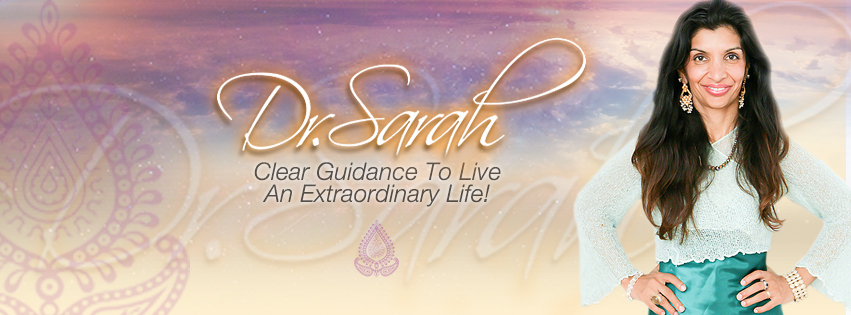Heart Disease
Imagine living without illness to slow you down. Enough scientific research has been done to make long, healthy living a possibility.
Heart disease is the leading killer of both men and women. In women, the condition is responsible for about 29% of deaths, reports the CDC.
Yet death in itself isn’t the biggest problem for women with heart disease. The real trouble is in premature death and disability!
“There are far too many women dying of heart disease in their 60s, when no one expects to die because that’s too young in this country,” says Cindy Pearson, executive director of the National Women’s Health Network. “There are (also) women, who, for many years, are really ill with heart disease — being out of breath, not being able to walk up one flight of stairs … because heart disease impairs their ability to get around.”
Yoga: Yoga, in Sanskrit, literally “to make whole,” is a vitalistic approach to health combining several mind-body exercises. Increasingly popular and widely taught in several formats, yoga has a demonstrated history of improving health. Yoga calls upon a variety of techniques including meditation, relaxation, stretching, and control of breathing to achieve a state of relaxation and fitness. Yoga is a mainstay of Ayurvedic medicine, which is the ancient (before 2500 B.C.) Indian holistic health care approach focusing on yoga, diet, and medicinal plants.
Stress reduction by use of yoga has been shown to produce a significant decrease in blood pressure and heart rate. The majority of patients studied were able to significantly reduce their doses of antihypertensive medications. Yoga stress management techniques were an essential part of the Lifestyle Heart Trial in which Ornish et al. were able to demonstrate some reversal of heart disease and the control of angina. In a separate study, yoga was compared to usual care including risk factor control and the American Heart Association step one diet. The yoga group showed improvement in anginal control, exercise capacity, body weight, and serum lipids, as well as a significant reduction in the need for revascularization procedures including coronary bypass surgery or angioplasty. In this randomized prospective study, yoga was shown to both improve symptomatic status as well as retard progression of atherosclerosis independent of other interventions. A single site, parallel, nonblinded, randomized controlled trial is ongoing to assess the safety and efficacy of 12 weeks of structured Iyengar yoga versus enhanced usual care in adults with stage I hypertension.
While yoga cannot be recommended as a primary treatment for patients with hypertension and/or heart disease at this time, its use as an adjunct in such patients can be safely recommended.
Other Practices proven to work include:
Tai Chi: This ancient Chinese blend of medicinal healing with martial arts was taught by Bodhidarma.
QiGong: QiGong is a 5000-year-old energy healing system from China that uses deep breathing, meditation, and various body movements to capture and focus the vital life force (Qi) to promote natural healing. The proper flow of Qi along energy channels (meridians) is vital for a person’s health and vitality. Within the body, Qi and blood are closely linked to the path of blood flow. The manipulation and readjustment of Qi is the basic principle of acupuncture, herbal remedies,massage therapies, and QiGong and Tai Chi.
Osteopathy: The intellectual roots of osteopathic medicine were conceived in the mid to late 1800s by Andrew Taylor Still, MD, who believed the medical practices of the day often caused more harm than good. He focused on developing a system of medical care that would promote the body’s innate ability to heal itself..
Acupuncture: References to the use of stone or bamboo needles date back to 2697 B.C. Acupuncture is a needling procedure that is used by an acupuncturist to assess the flow and distribution of vital energy within its pathways, known as meridians and channels. The standard acupuncture nomenclature uses a meridian system consisting of 400 acupuncture points and 20 meridians.
For More info please visit: http://www.massage-research.com/blog/?p=337
Contrary to popular belief, high cholesterol is not the major cause of heart disease. Fortunately, we are moving slowly away from the original diet-heart hypothesis that advocated low-fat diets for a healthy heart.
The real key to preventing heart disease is to use a combined approach, one that treats all facets of your physical and emotional health. It’s extremely important to eat real foods based on your metabolic type (to determine whether a low-fat, high-fat or other diet is best for you) and to get out and exercise–regularly and intensely enough. Further, you must address stress and your emotions, as too much stress and negative emotions will contribute significantly to this disease.
Source: Mercola.com
For more info on Prevention and treatment of Heart Disease consult your primary health care provider!
Please direct questions to hellodrsarah@gmail.com


Leave a Reply